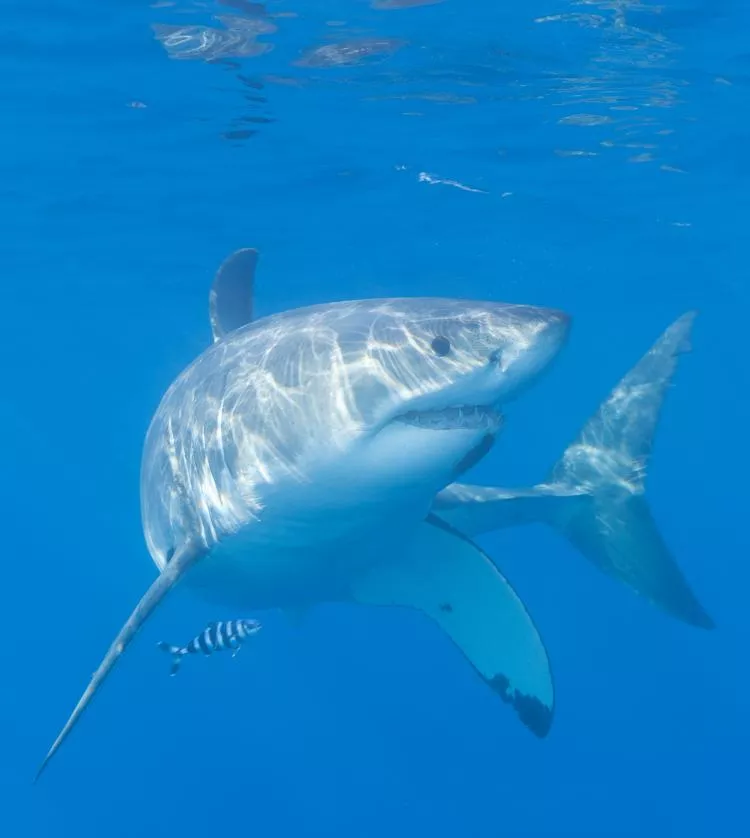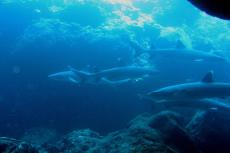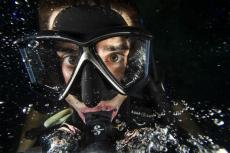Great white sharks have a secret social life
A new study suggests that great white sharks are more social than initially thought.
Florida International University (FIU) marine scientist Yannis Papastamatiou, Ph.D. candidate Sarah Luongo, and a collaborative team of researchers wanted to uncover some of the mysteries of the white sharks (Carcharodon carcharias) that gather seasonally around Guadalupe Island, Mexico.
By employing a combination of tracking tools (activity, cameras and telemetry receivers)—also known as the “biologging package”—to measure social associations and simultaneous behaviour, the team from FIU found out the sharks tend to stick together when patrolling or hunting for food, like stopping by to check out the seal colonies around the island.
By tracking the speed, depth and swimming direction of three male and three female great white sharks off Mexico’s Guadalupe Island in 2017 and 2018 with cameras and activity sensors as well as telemetry-receivers, the team managed to gain vital insights into the group dynamics.
“Most associations were short, but there were sharks where we found considerably longer associations, much more likely to be social associations,” said Papastamatiou, lead author of the study, which has just been published in Biology Letters. “Seventy minutes is a long time to be swimming around with another white shark.”
Why?
Forming social associations might be important because predators are unsuccessful a lot of the time when hunting. The majority of socialising was recorded in close proximity to a group of seals, suggesting that the individuals form groups to take advantage of another shark’s hunting success.
“The important question we still have to answer is what’s the reason for being social for these sharks? We still don’t know, but it’s likely they may stay in proximity of other individuals in case those individuals are successful in killing large prey,” Papastamatiou said. “They aren’t working together but being social could be a way to share information.”



























